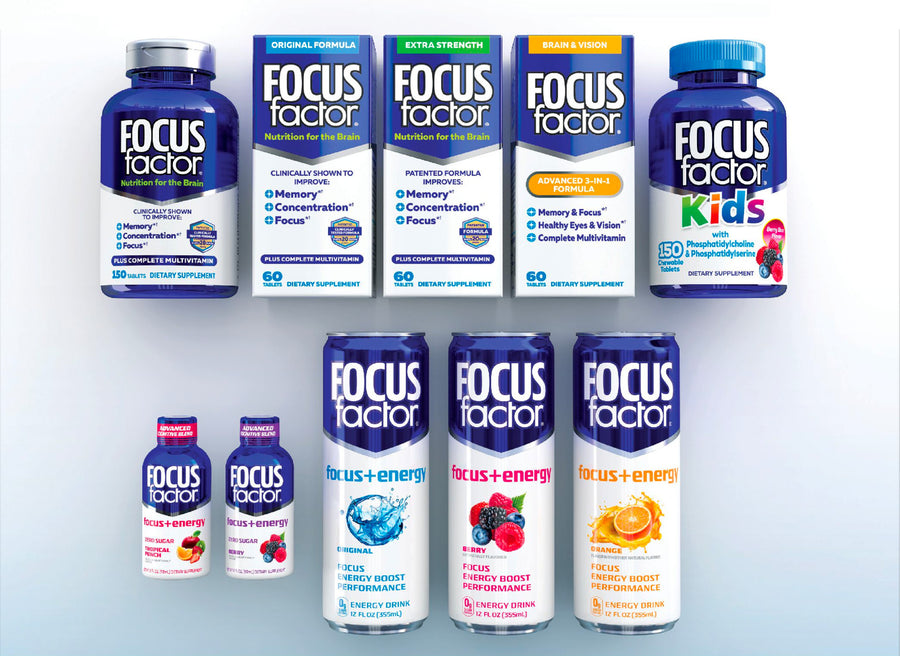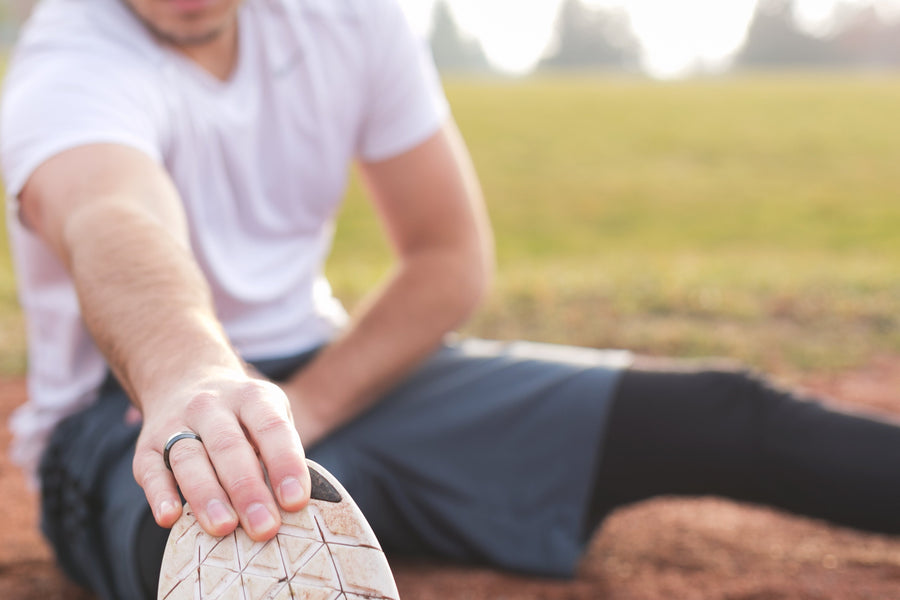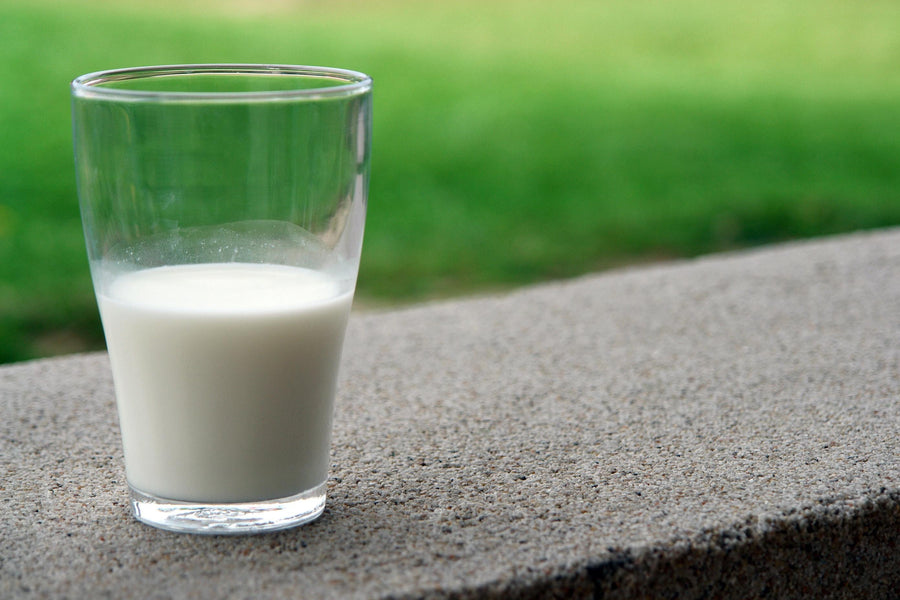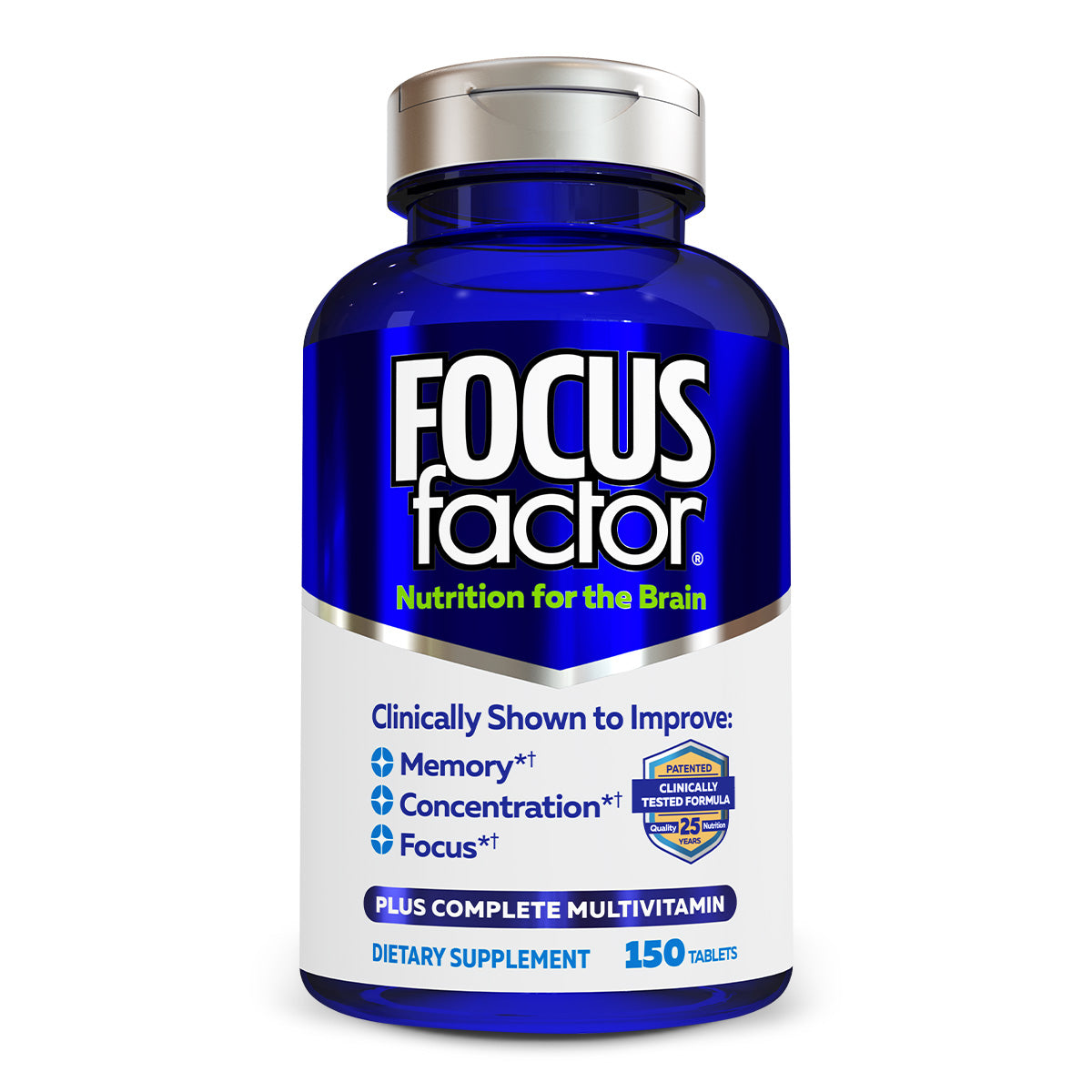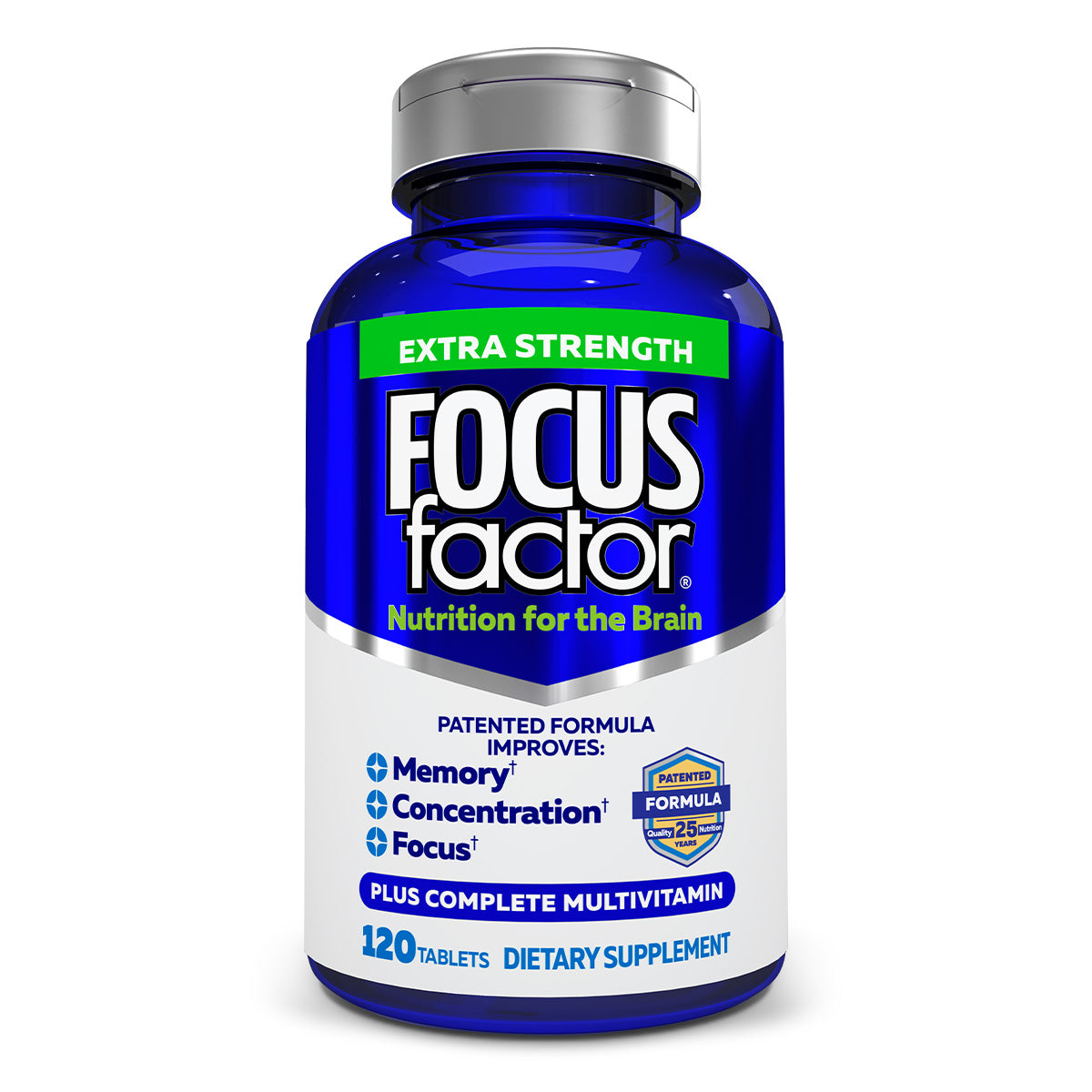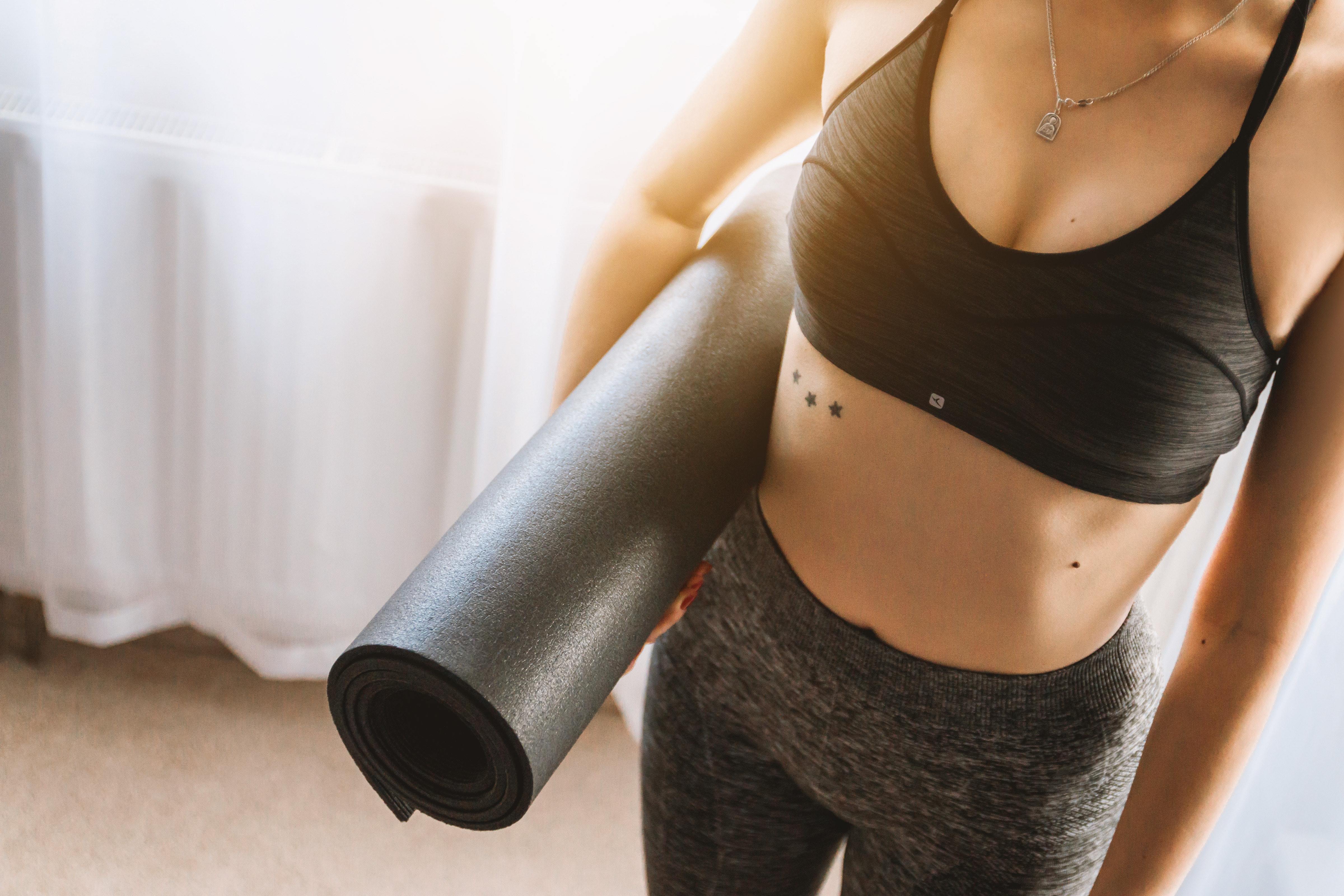
Imagine that in the distance you see a short, stooped figure walking with short, slow steps. Most likely, due to the hunched posture, you will assume that it is an elderly person.
Why does aging contort our bodies in this way? The reason is that many people, throughout their lives, never extend the neck to its full range, and so the muscles shorten. Long hours of reading, staring at the phone, typing, or standing at a workbench take their toll. Eventually, deposits of calcium salts in the joints complete the process of immobilization. Once this calcification takes place, nothing can be done to reverse it.
Fortunately, older persons can take action before it is too late. The best action is regular exercise that stretches the muscles and improves flexibility, with special considerations on the core muscles. This kind of response is relatively important for a number of factors that, when taken for granted, could lead to serious health problems.
What Are Core Muscles?
“Core” muscles refer to the muscles found at the obliques, abdominals, lower back, and the glutes. These four areas of the body are the ones that usually frame the posture of a person. Hence, a good posture reflects the good condition of these muscle areas.
What people do not know is that core muscles are actually the “core” or the central part for all the strength that is needed to carry out different physical activities. This is why having a strong core is crucial to overall physical ability, and overall health.
Strengthening Core Muscles
The main responsibility of the core muscles is to provide enough power to the body in order to enable it to cope with the dynamic challenges of every physical activity that a person encounters.
For this reason, many health and fitness experts have realized that it is relatively more important to strengthen the core muscles than with the other muscles in the body. Through some series of experiments and research, they have found out that having a stronger core can lessen a lot of health problems concerning posture.
So for anyone looking to further educate themselves or others about core strength, here 5 of the top benefits:
1. Strengthening core muscles will improve posture and prevent low back pain of the muscular origin.
Strengthening the muscles of the back that extend to the spine can reduce lower back pain and help with overall posture.
2. It will help tone the muscles, thereby, avoiding further back injury
Exercising your core muscles will strengthen and tone your lower back muscles and buttocks, while stretching the hip flexors and the muscles on the front of the thighs.
3. Improves physical performance
Exercising the core muscles with slow, static stretching is an effective way of relieving stiffness and improving flexibility. Adequate flexibility helps avoid injury and ensures that you have the full range of motion necessary to perform physical activities.
4. Reduce muscle aches and soreness
Static stretching for core muscles is best for the muscles and connective tissues. And because it employs slow stretches only, it will not cause any soreness, as do the quick, bouncing exercises that rely on jerky muscle contraction.
5. Lengthen muscles and avoid unbalanced footing as you get old
Core muscle exercises lengthen the muscles that have contracted as a result of pain. It also prevents pain from vigorous exercise if they are included at the end of each workout.
Health and fitness experts highly recommend starting a core work-out as soon as possible, and repeating the routine at least 2 times a week.
Check out our other health and fitness posts for more exercise tips.
* This statement has not been evaluated by the Food and Drug Administration. This product is not intended to diagnose, treat, cure or prevent disease including adhd & alzheimers.